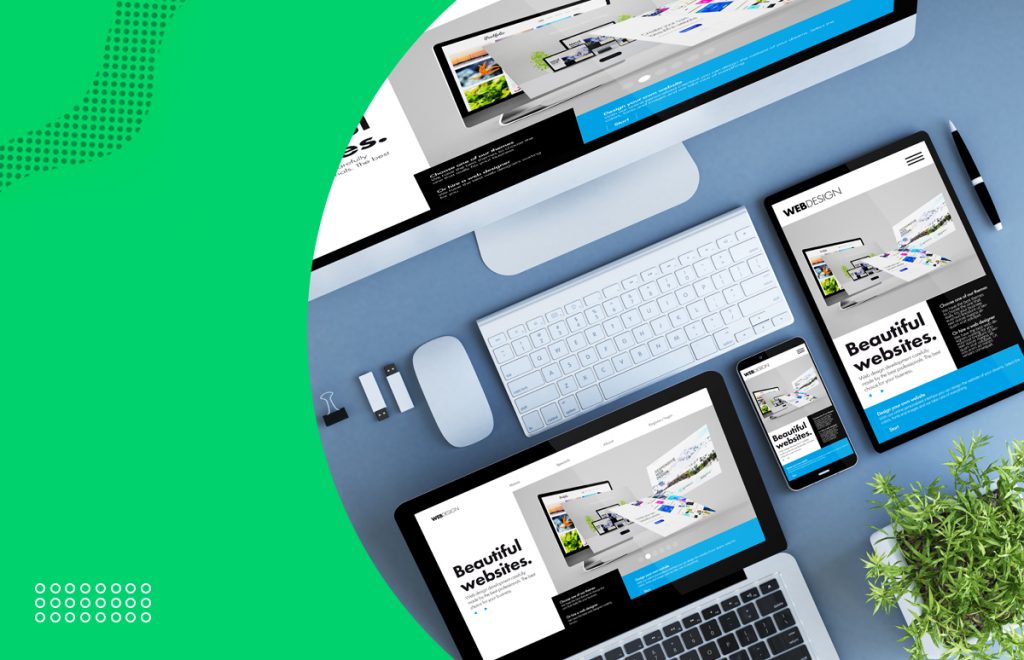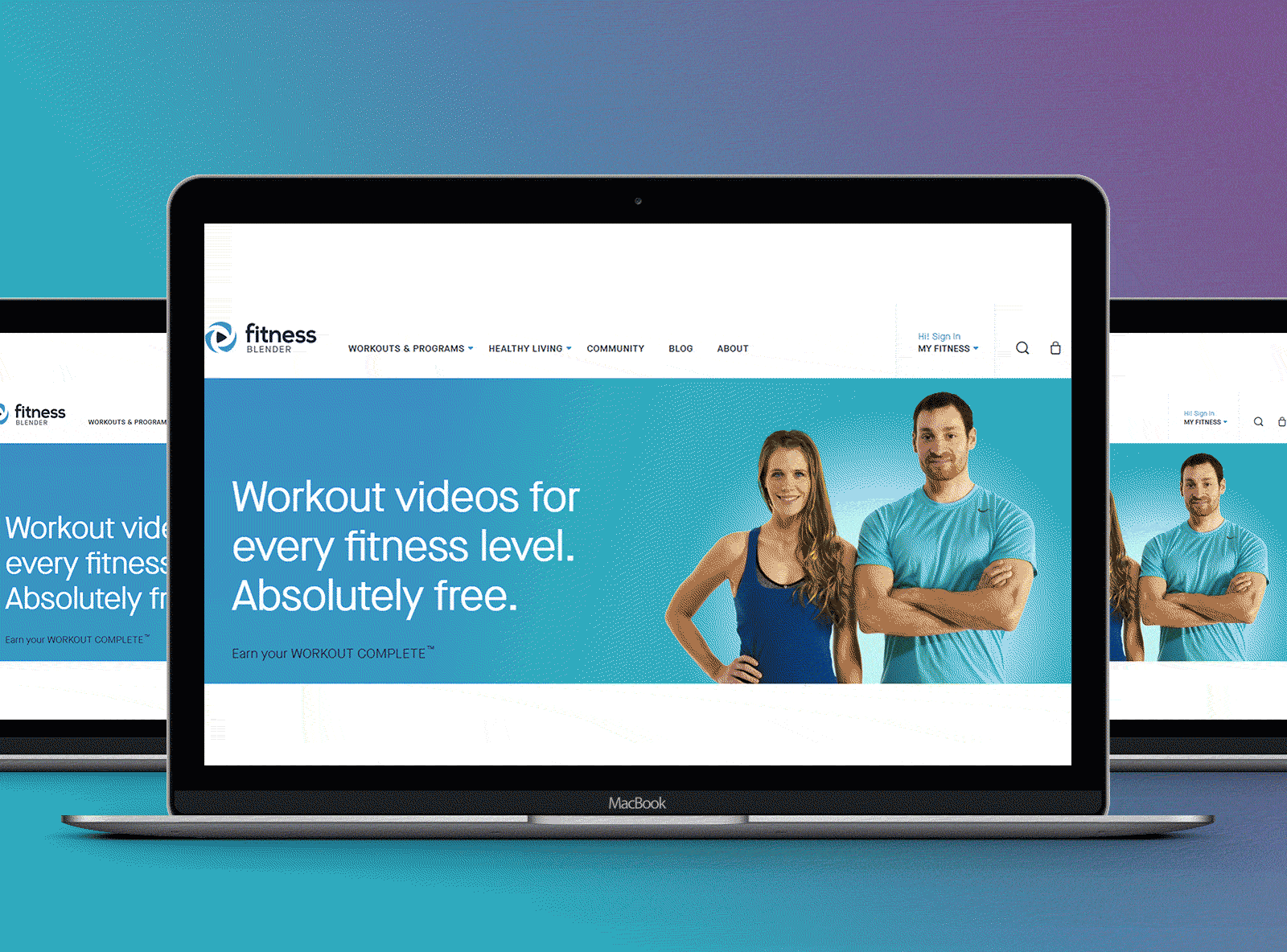How Website Design Affects User Experience and Customer Engagement
How Website Design Affects User Experience and Customer Engagement
Blog Article
Modern Website Design That Catches Attention and Transforms
In a progressively electronic landscape, contemporary internet site style has actually emerged as a critical variable in capturing individual interest and driving conversions. As we discover these important elements, it ends up being clear that understanding their interaction can considerably impact a web site's efficiency and individual satisfaction.
Relevance of Visual Power Structure
Aesthetic power structure is a crucial element in website design, as it guides individuals' attention and enhances their overall experience. By purposefully arranging material, designers can direct customers to one of the most crucial info first, thereby raising engagement and improving functionality. Effective aesthetic power structure utilizes various strategies, consisting of size, comparison, color, and spacing. Larger elements normally draw the eye, while contrasting shades can stress crucial messages, making them attract attention amongst even more restrained parts.
Integrating a sensible flow in content arrangement is vital; for example, putting the most vital information on top of a web page cultivates immediate acknowledgment. Moreover, consistent use typography, such as differing font dimensions and styles, assists develop a clear content framework. This organization not just aids in navigating however also constructs count on, as users feel much more comfortable when they can conveniently locate what they are looking for.
Ultimately, a well-executed visual pecking order not just boosts aesthetic charm yet also substantially affects customer actions. By prioritizing crucial aspects and ensuring a seamless experience, developers can successfully transform visitors right into consumers, enhancing the significance of this foundational layout principle in contemporary web site development.
Responsive Design for All Gadgets
Developing a seamless experience across different gadgets is crucial in today's electronic landscape, where individuals access sites from tablet computers, smart devices, and desktop computers alike. Responsive style is a vital technique that guarantees internet sites adapt fluidly to different screen orientations, resolutions, and dimensions. By employing flexible grids, photos, and CSS media questions, designers can develop designs that preserve aesthetic stability and performance, regardless of the tool being made use of.
The significance of receptive style prolongs beyond visual appeals; it directly influences user engagement and conversion prices. A site that operates well on all devices urges longer visits and minimizes bounce rates, as individuals are more most likely to interact with material that is very easy to browse. Moreover, search engines, especially Google, prioritize mobile-friendly sites in their positions, making receptive style a crucial component of search engine optimization (SEARCH ENGINE OPTIMIZATION)
Including responsive style not only boosts customer experience however likewise improves the advancement process. By producing a solitary site that works throughout tools, organizations can save time and resources compared to establishing different mobile and desktop computer variations. Ultimately, responsive design is a basic approach for contemporary site design, ensuring ease of access and complete satisfaction for all customers, no matter their gadget.
Involving Interactive Aspects
While a receptive style lays the groundwork for a practical internet site, including appealing interactive elements is critical for catching individual attention and fostering deeper links. Website Design. Interactive aspects, such as computer animations, quizzes, and clickable infographics, produce a much more vibrant user experience, urging site visitors to spend even more time on the website
Incorporating interactive attributes can likewise guide users through complex information, making it easier to digest material. For example, interactive sliders can show product variations, while ingrained video clips can offer presentations or endorsements that resonate greater than fixed photos or text. Gamification methods, like rewards for involving or completing tasks with web content, can enhance customer motivation and retention.
Efficient use of interactive components not only enhances the user experience however can likewise lead to higher conversion prices. It is crucial to balance interactivity with performance; overly complicated functions might impede site rate, negatively impacting individual contentment.
Streamlined Navigating Practices
Efficient navigation is a keystone of any kind of effective internet site, as it directly affects individual experience and web content ease of access. Streamlined navigation techniques ensure that customers can quickly find information, boosting their interaction with the website. A well-structured navigation menu need to be basic and intuitive, generally including a restricted variety of key groups to stay clear of frustrating site visitors.
To accomplish structured navigation, developers must focus on a hierarchical framework that rationally organizes content. Executing breadcrumb tracks can offer users with context regarding their current area within the site, permitting seamless backtracking. Additionally, making use of drop-down food selections can efficiently conserve room while still giving accessibility to subcategories.
Receptive design is essential, as navigation must be practical across all devices (Website Design). Mobile users, specifically, benefit from touch-friendly menus and collapsible sections that preserve use without endangering visual appeals

Reliable Call-to-Action Strategies
A well-crafted call-to-action (CTA) is vital for directing users towards wanted results on an internet site, as it encourages them to engage with material or buy. To optimize their performance, CTAs need to be clear, compelling, and purposefully put throughout the website.
First, use action-oriented language that interacts necessity or value, such as "Start," "Join Currently," or "Claim Your Price cut." This language not just motivates users but also Get More Info establishes clear expectations about the next steps.
Second, take into consideration design aspects; CTAs need to attract attention aesthetically through contrasting shades, enough whitespace, and famous positioning. A switch that is simple to see and click rises my company the probability of individual communication.
In addition, customizing CTAs based on individual actions or demographics can substantially boost engagement. Customized messages resonate extra with individuals, driving greater conversion prices.

Final Thought
These components collectively enhance customer experience, ensuring that site visitors stay engaged and inspired to explore web content further. By focusing on these design principles, businesses can substantially boost individual retention and conversion rates, eventually leading to greater success in the electronic landscape.
In a progressively digital landscape, modern-day internet site layout has emerged YOURURL.com as a pivotal factor in catching user interest and driving conversions.Aesthetic power structure is a crucial aspect in internet site design, as it overviews individuals' attention and boosts their general experience.The importance of responsive style prolongs past visual appeals; it directly impacts individual interaction and conversion rates.Incorporating receptive layout not just improves customer experience yet additionally enhances the growth procedure. Eventually, responsive design is a basic strategy for modern-day website style, ensuring ease of access and contentment for all individuals, regardless of their gadget.
Report this page